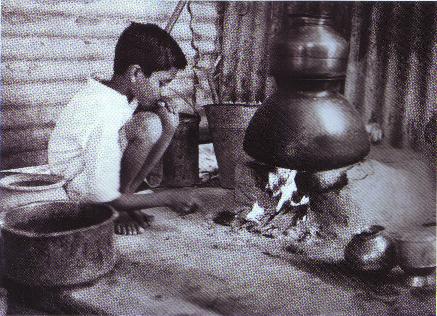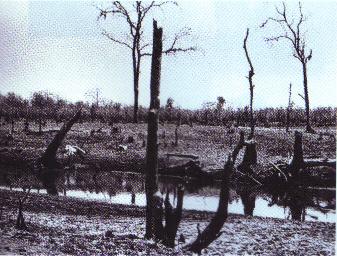THE MAKING OF BABA AMTE ... contd

Even so, Muralidhar and Indu continued undeterred They would move across villages on foot with some of their cured patients and sit quitely at the weekly village bazaar Spotting them, other leprosy affected people would muster the courage to approach them and so the community grew --- imminent communication between those condemned to silence by an intolerant and ignorant social system. Young Vikas contributed his mite, keeping the homefires burning, while his parents moved from village to village.
In 1949 Baba Amte founded the Maharogi Sewa Samiti, a registered charity which has ever
since been the medium for his activities. Soon there were 11 weekly clinics within a radius of about 50 kilometers, with a total of nearly 4000 patients. But Muralidhar wanted to go even further. "A person can live without fingers, but she cannot live without self-respect". Merely stemming the disease did not make the cured person whole again.
Self-respect seemed to him to suffer at the hands of charity. So in 1951 he applied to the state government for land to set up a new kind of leprosarium, which would not be restricted to mere provision of refuge and treatment, but would rebuild the spirit and dignity of those shattered by social revulsion, scorn and ostracism The state government leased to the Maharogi Sewa Samiti, 50 acres of rock strewn scrub, a patch of disused quarry 3 kilometers away a from Warora The land was overgrown with bush, the habitat of tigers, panthers, bears, wild boar, snakes and scorpions. The nearest well was 2 kilometers away. As he recollects, "Perhaps it was symptomatic that there was no but a tangle of boulders, roots and creepers. Outcast Land for outcast people. This was our lot from now on".



